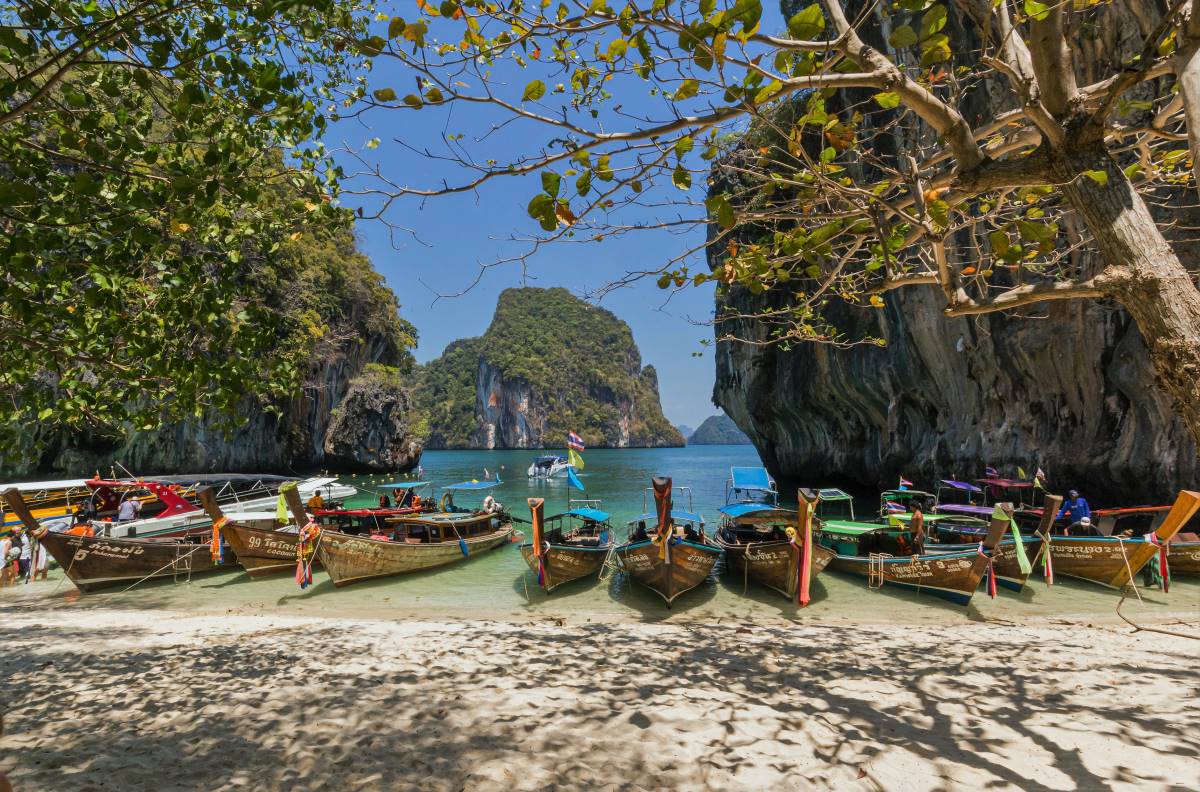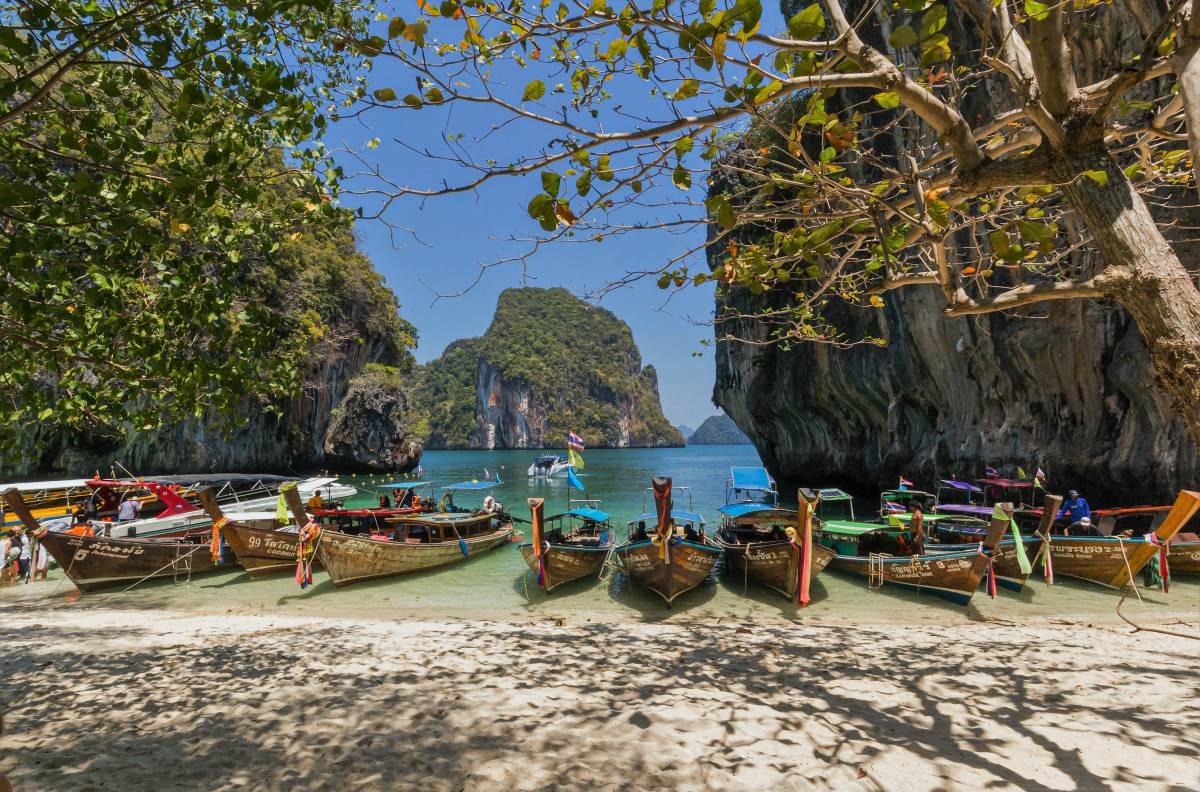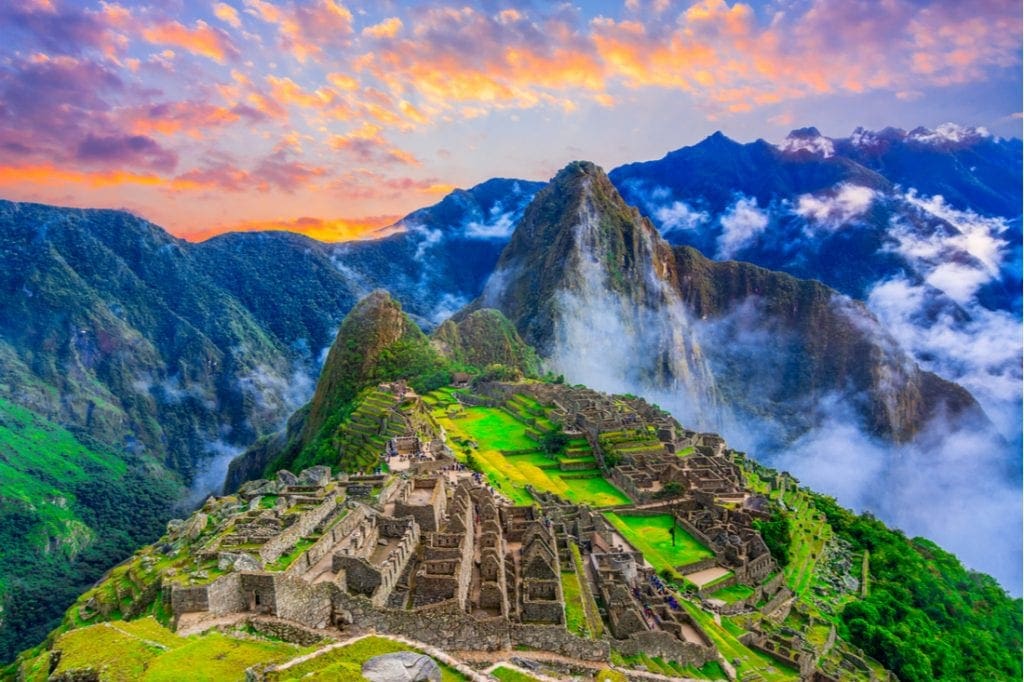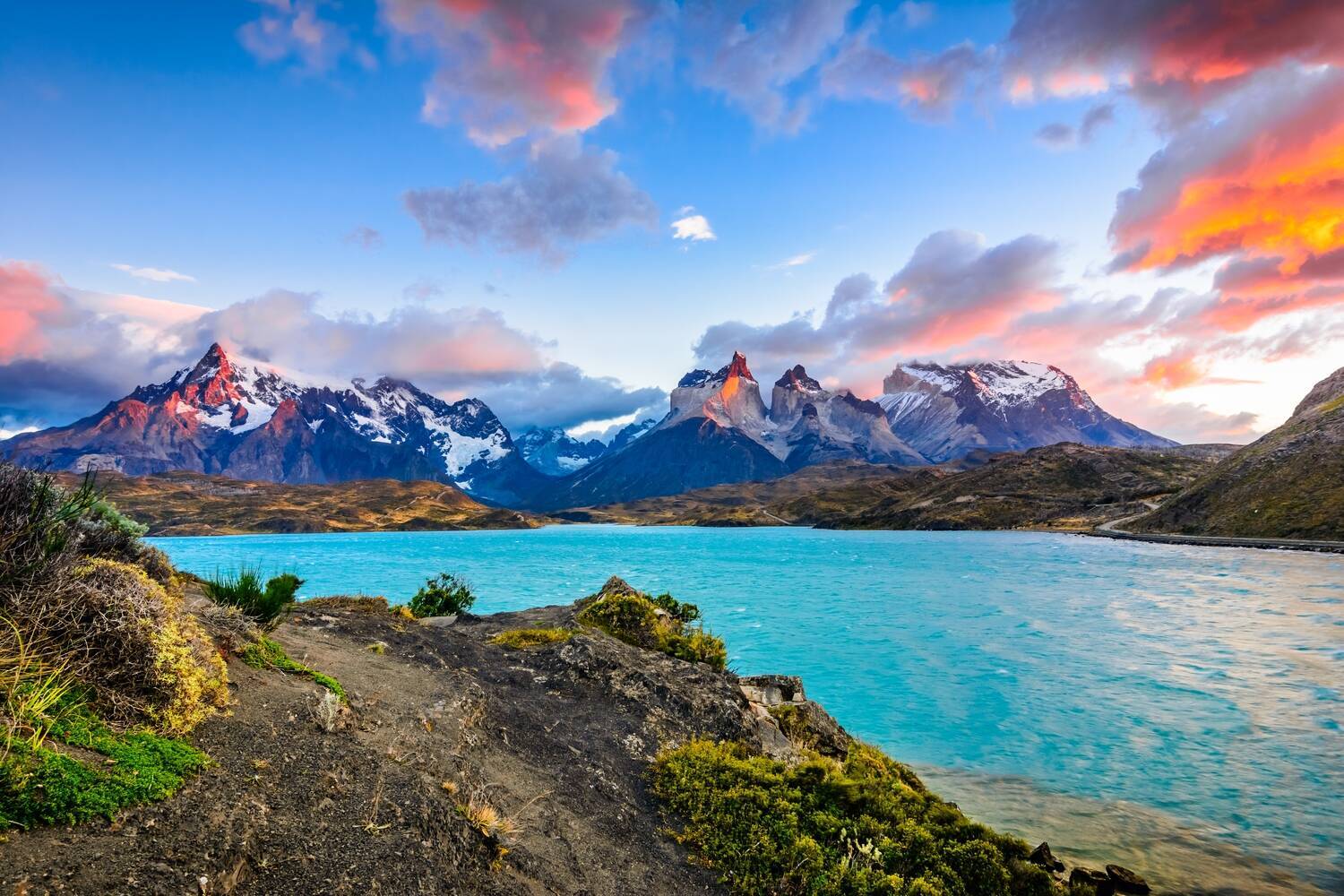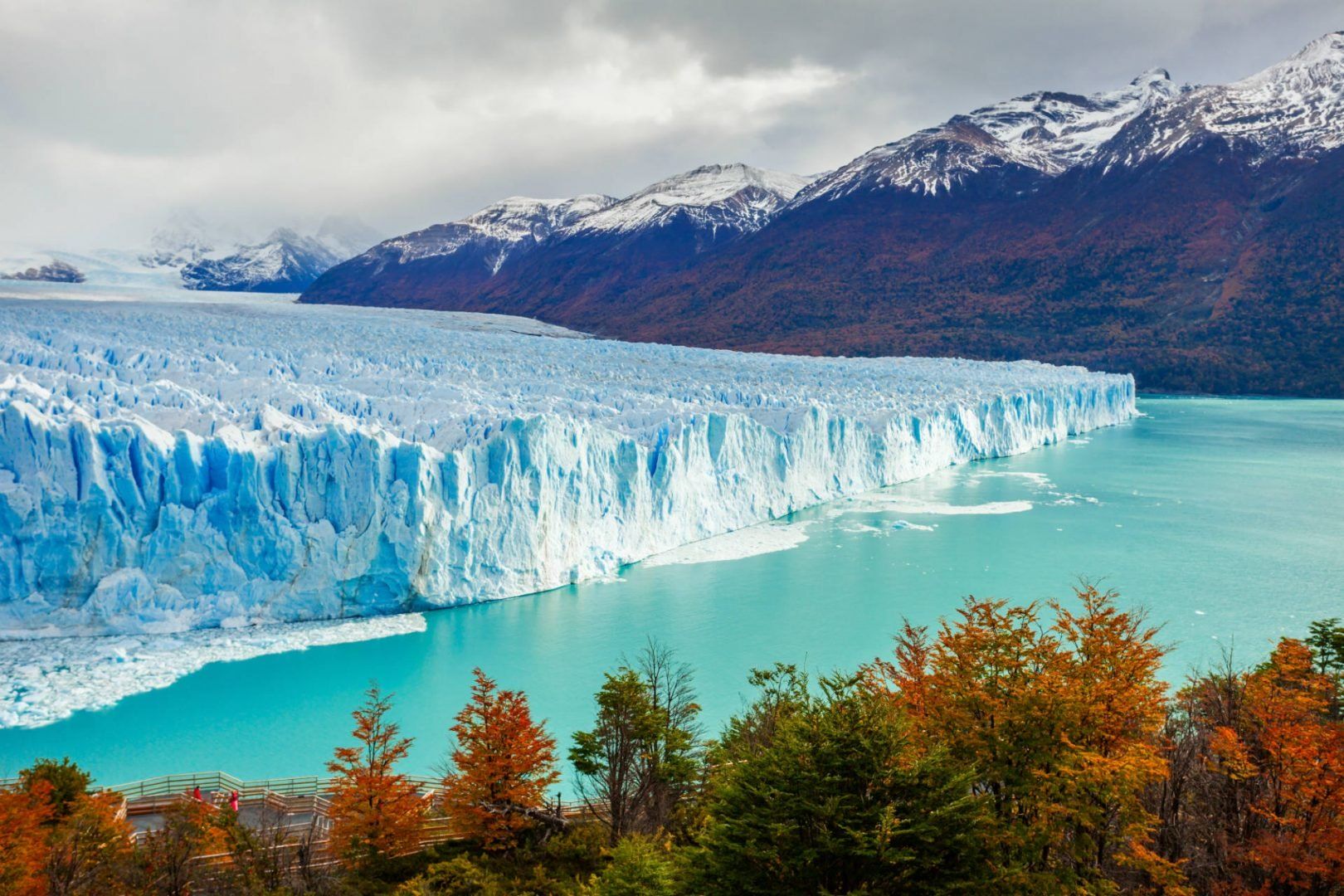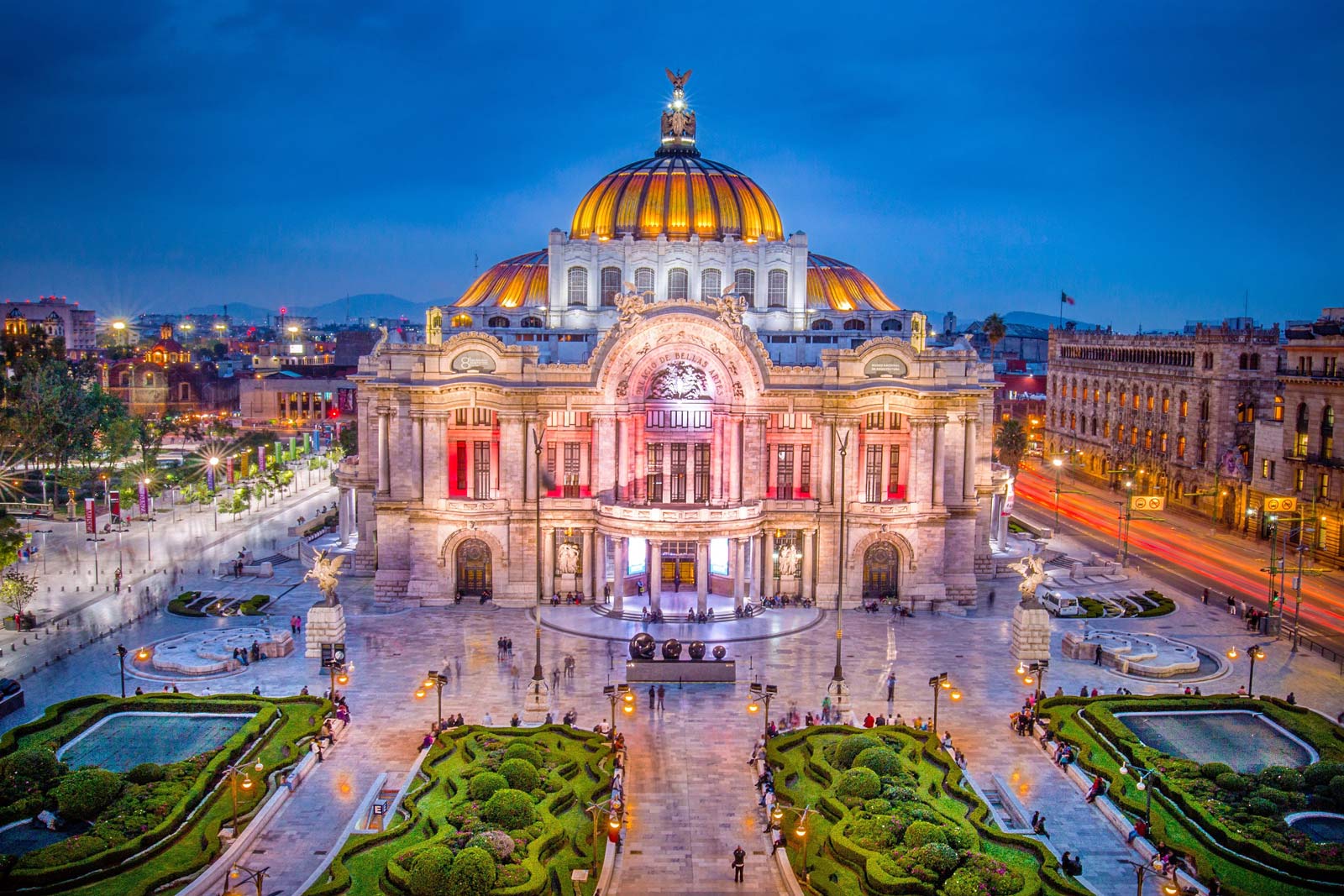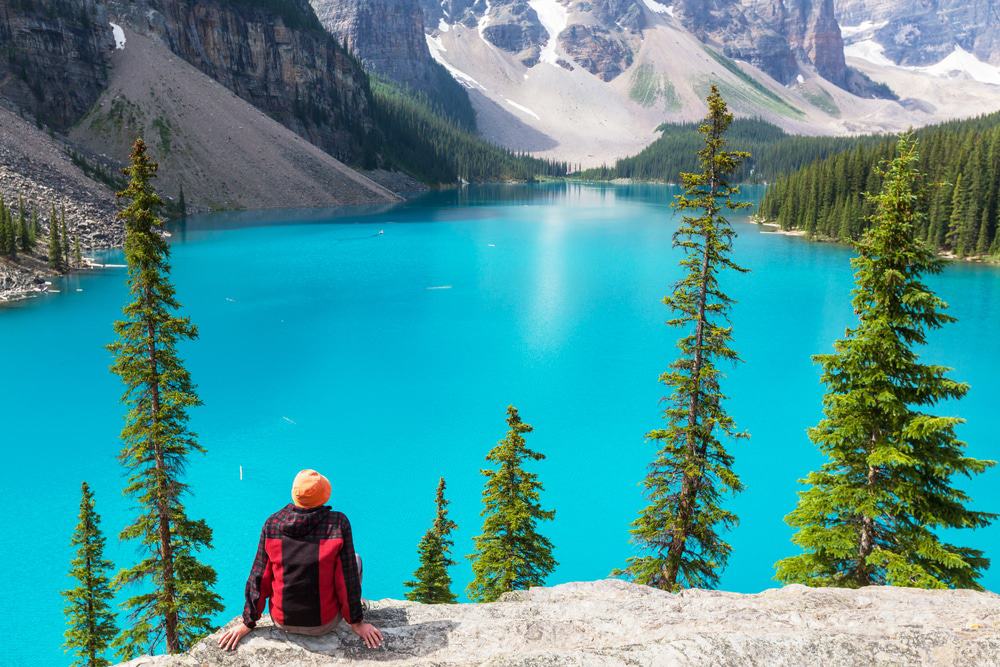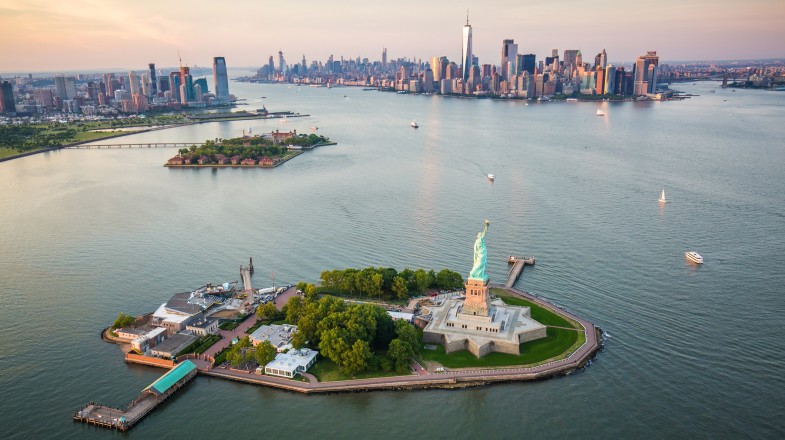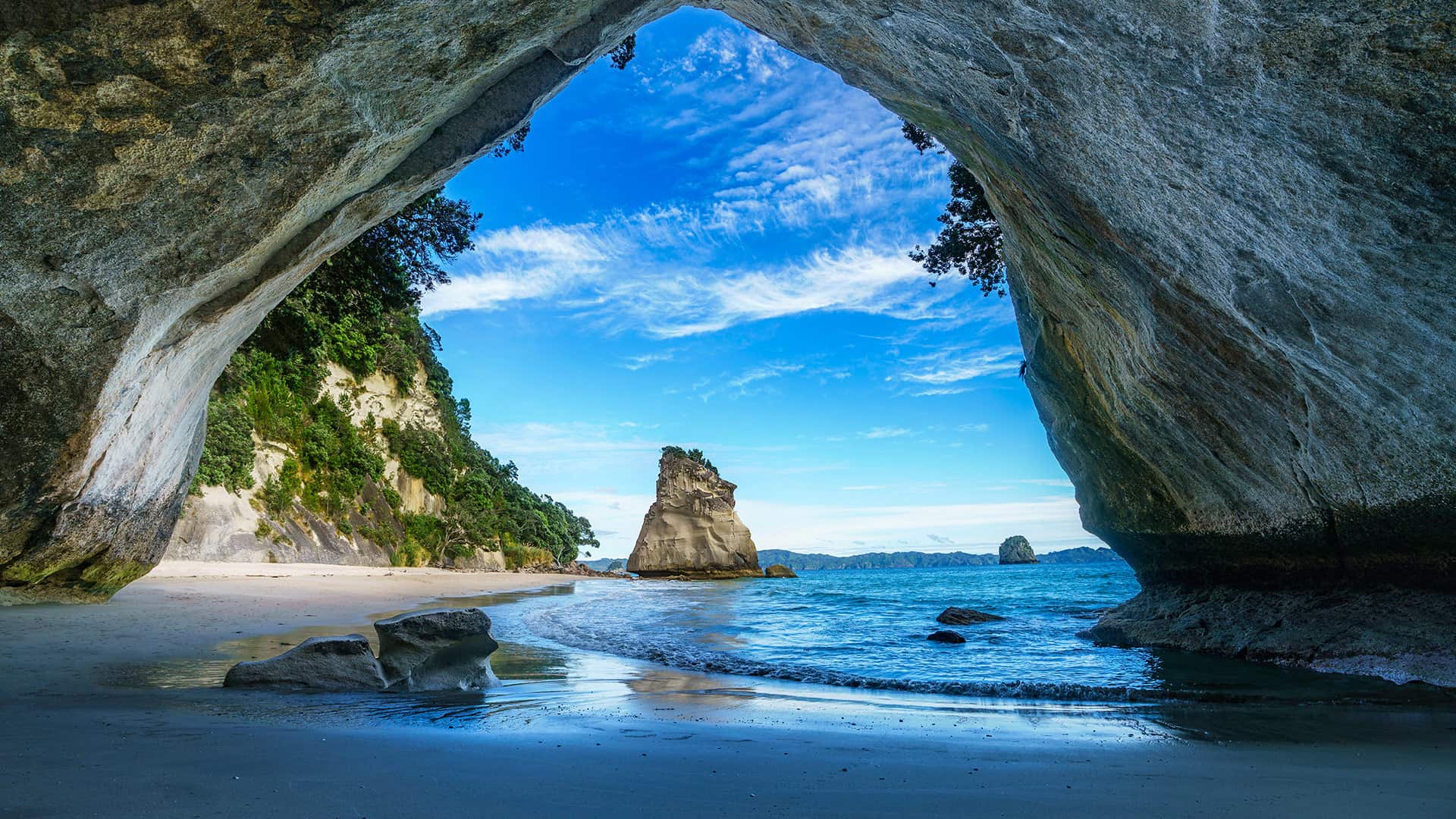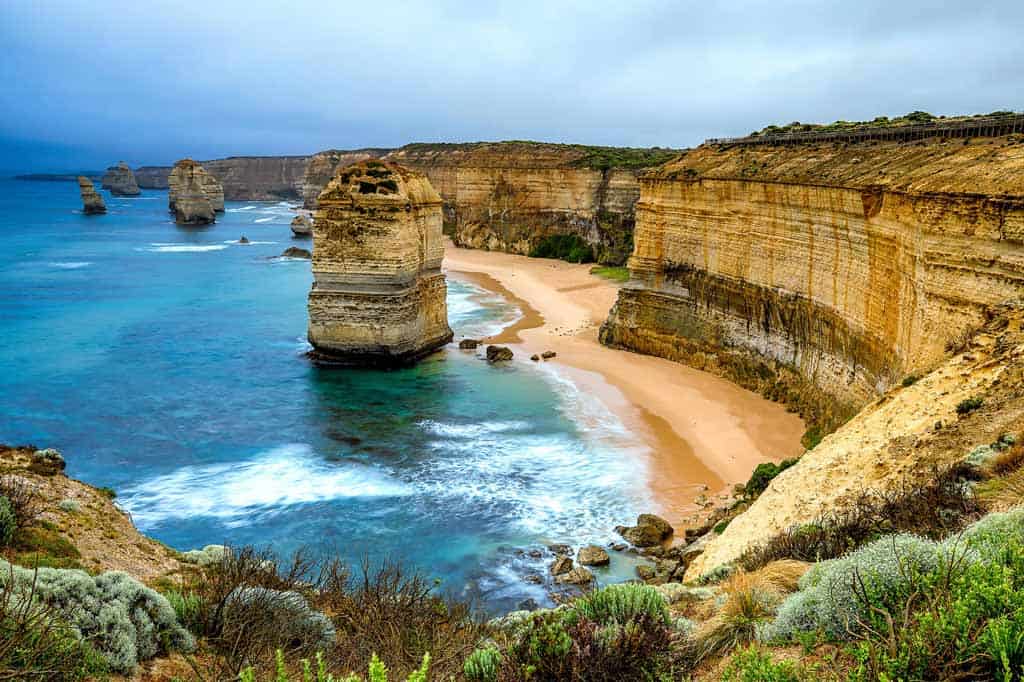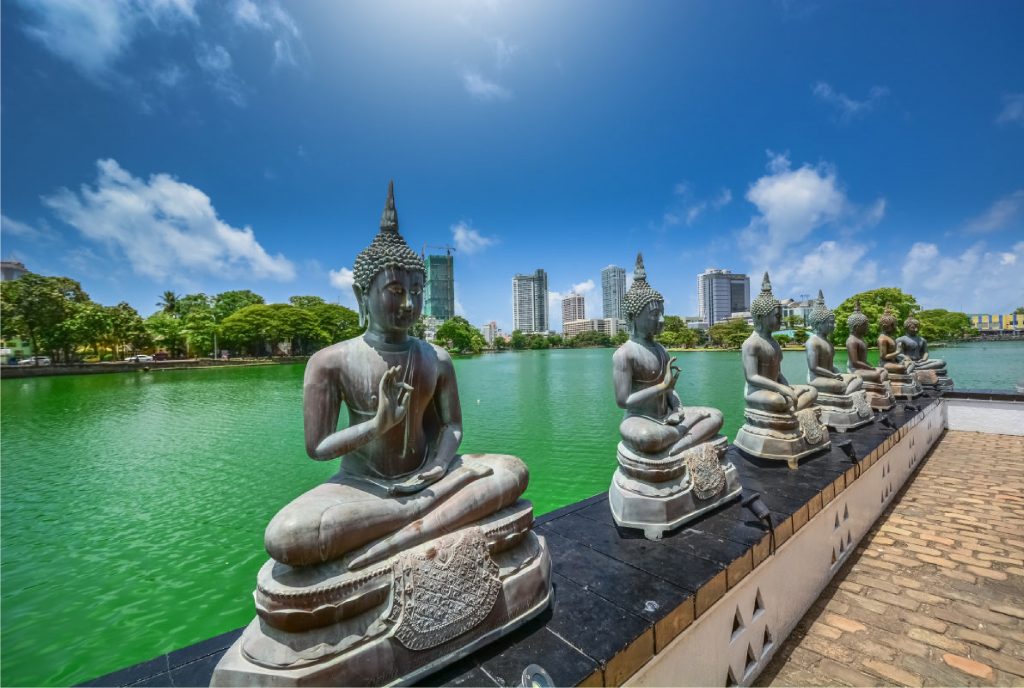Peru: A Tapestry of Wonders – Your Ultimate Guide to Adventure and Discovery
Peru, a land where ancient empires whisper through mist-shrouded mountains and vibrant cultures pulse in bustling cities, is a destination that ignites the imagination and nourishes the soul. From the…
Chile: A Symphony of Extremes and Enduring Charms
Chile, a slender ribbon of land clinging to the southwestern edge of South America, is a country that defies easy categorization. From the arid vastness of the Atacama Desert in…
Argentina: A Symphony of Landscapes, Culture, and Unforgettable Experiences
Argentina, the eighth-largest country in the world, is a land of intoxicating contrasts and profound beauty. From the steamy subtropical jungles of the north to the glacial peaks of Patagonia,…
Brazil: A Symphony of Sights, Sounds, and Sensations
Brazil, a country of continental proportions, is a land where vibrant culture dances with breathtaking natural wonders, where ancient history whispers through colonial streets, and where the rhythm of life…
Mexico: A Land of Infinite Wonders – Your Ultimate Travel Guide
Mexico, a country brimming with vibrant colors, ancient mysteries, and a passionate spirit, beckons travelers with its unparalleled diversity. From the sun-drenched beaches of the Caribbean to the bustling metropolis…
Canada: A Land of Infinite Horizons and Unforgettable Adventures
Canada, the world’s second-largest country, is a land of staggering natural beauty, vibrant cities, and a rich tapestry of cultures and histories. From the rugged coastlines of the Atlantic to…
The Grand American Adventure: Unlocking the Wonders of the United States
The United States of America, a colossal nation stretching from the Atlantic to the Pacific, is not just a country; it’s a continent of experiences. From the snow-capped peaks of…
Land of the Long White Cloud: An Epic Guide to New Zealand
Nestled in the southwestern Pacific Ocean, New Zealand, or Aotearoa as it is known in the Māori language, is a land of staggering beauty and untamed wilderness. It’s a place…
Australia Unveiled: A Comprehensive Guide to the Land of Sun, Sand, and Spirit
Australia is more than just a country; it’s a continent of staggering contrasts, a land where ancient indigenous stories are woven into the fabric of vibrant, modern cities. It’s where…
Sri Lanka: A Paradise Isle Beckoning Your Wanderlust
Sri Lanka, the “Pearl of the Indian Ocean,” is a teardrop-shaped island nation brimming with a captivating blend of history, culture, and natural beauty. From ancient temples and colonial architecture…
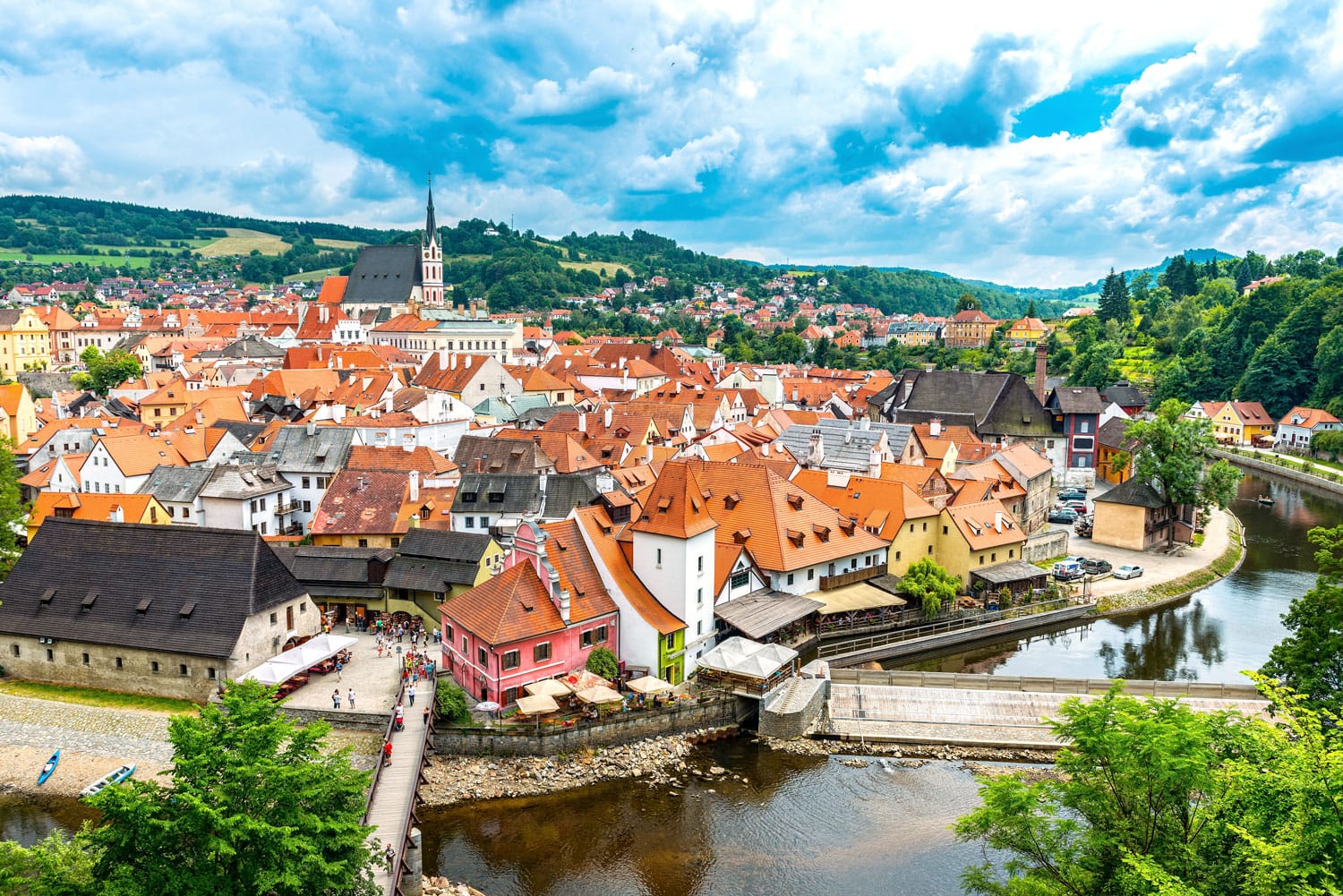 Beyond the Fairy Tale: Your Comprehensive Guide to Staying in the Czech Republic
Beyond the Fairy Tale: Your Comprehensive Guide to Staying in the Czech Republic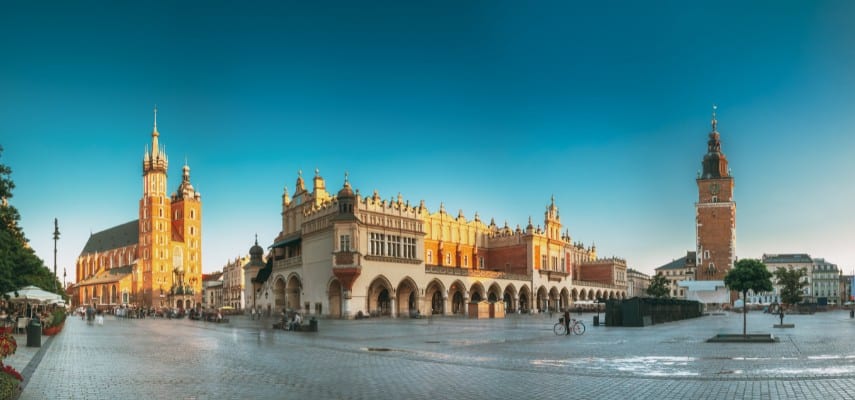 Poland: A Tapestry of History, Culture, and Unforgettable Stays
Poland: A Tapestry of History, Culture, and Unforgettable Stays Lebanon: A Tapestry of History, Culture, and Coastal Charm – Where to Stay and What to Experience
Lebanon: A Tapestry of History, Culture, and Coastal Charm – Where to Stay and What to Experience Israel: A Tapestry of Time, Faith, and Adventure – Your Ultimate Guide to Where to Stay
Israel: A Tapestry of Time, Faith, and Adventure – Your Ultimate Guide to Where to Stay Oman: Where History Whispers and Adventure Awaits – A Guide to Your Perfect Stay
Oman: Where History Whispers and Adventure Awaits – A Guide to Your Perfect Stay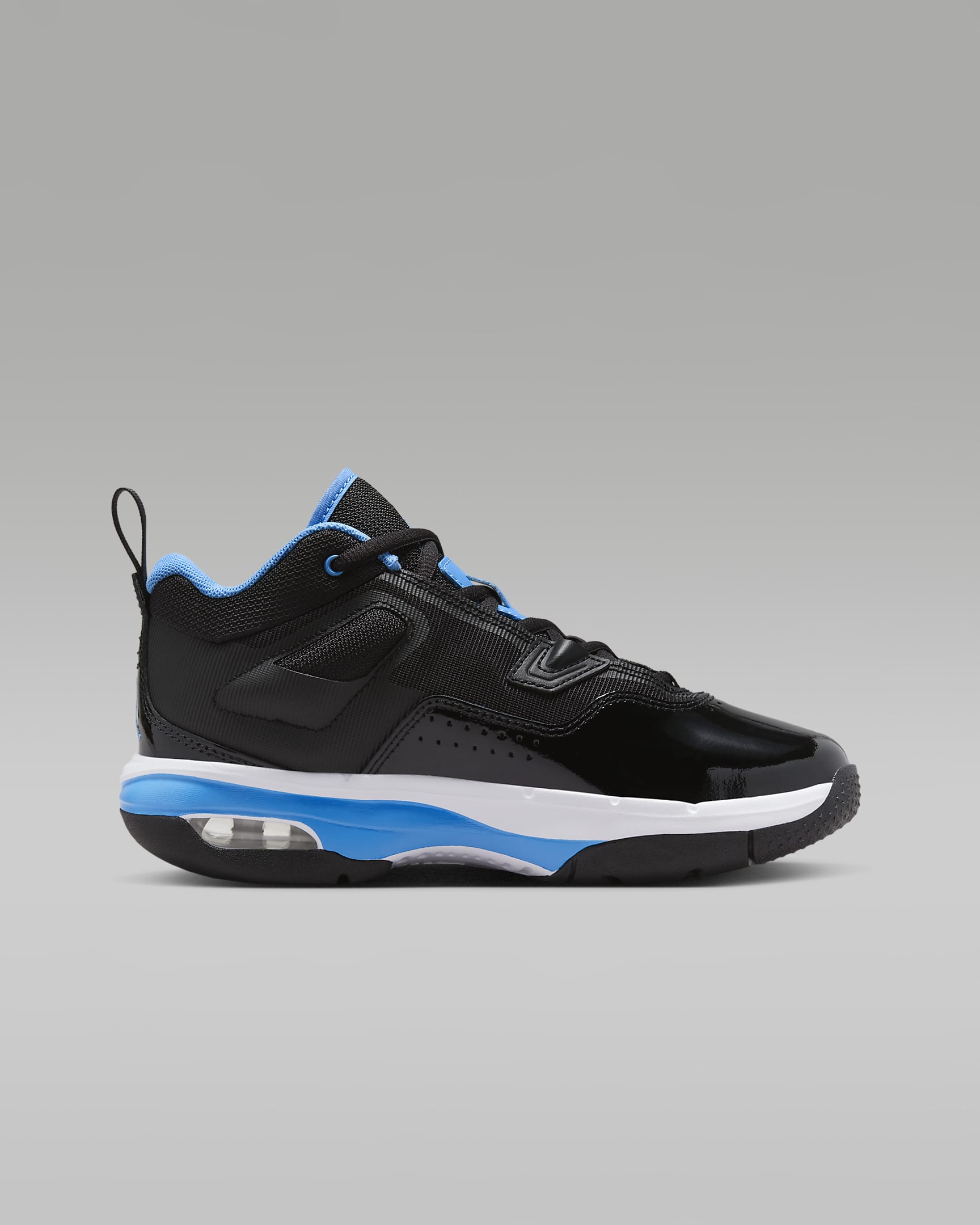 Journey Through Timeless Sands: Where to Stay and What to Experience in Jordan
Journey Through Timeless Sands: Where to Stay and What to Experience in Jordan Where to Stay in Saudi Arabia: A Journey Through Ancient Wonders and Modern Marvels
Where to Stay in Saudi Arabia: A Journey Through Ancient Wonders and Modern Marvels Unveiling the Kingdom: A Comprehensive Guide to Where to Stay in Saudi Arabia
Unveiling the Kingdom: A Comprehensive Guide to Where to Stay in Saudi Arabia Beyond the Skyline: Your Ultimate Guide to Staying in Qatar
Beyond the Skyline: Your Ultimate Guide to Staying in Qatar Beyond the Desert Bloom: Where to Stay in Qatar and Discover its Treasures
Beyond the Desert Bloom: Where to Stay in Qatar and Discover its Treasures




















































































